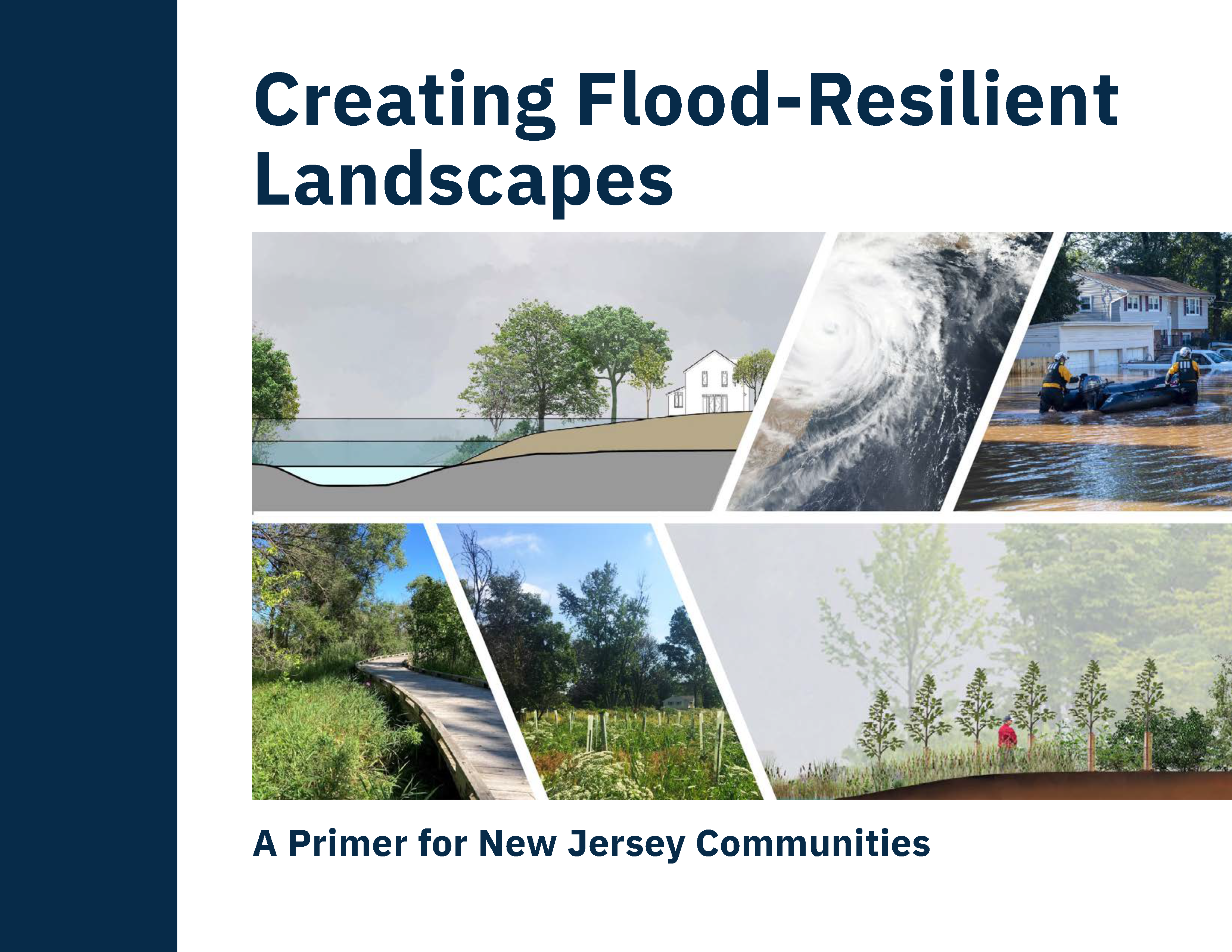Flood-Resilient New Jersey
Floods pose significant risk to human health and infrastructure in the landscapes in which people live. In New Jersey, nearly all of the 564 municipalities have been affected, both by severe storms as well as chronic nuisance flooding. Climate change impacts, coupled with the large footprint of developed land in the state, lead to the potential for lasting, reverberating impacts in New Jersey.
To combat these challenges, New Jersey has become a leader in efforts to increase flood resilience. One successful effort is the acquisition of flood-prone properties across the states through buyout initiatives. Removal of the built environment from within flood zones represents a critical first step toward resilience; however, buyout areas typically suffer from reduced ecological function to the legacy effects of previous development. They also must be maintained as open space, often adding an unsustainable burden on public staff and financial resources.
These challenges can be overcome through an ecological centered landscape resilience approach that combines principles of engineering, ecology, and landscape architecture to transforms these areas into public assets. We present here a primer that serves as a guide for creating flood-resilient landscapes across the communities of New Jersey. This guidance document is aimed at assisting municipal leaders, technical professionals, and other stakeholders in restoring ecological function to flood-prone landscapes as they work to make their communities more resilient.




